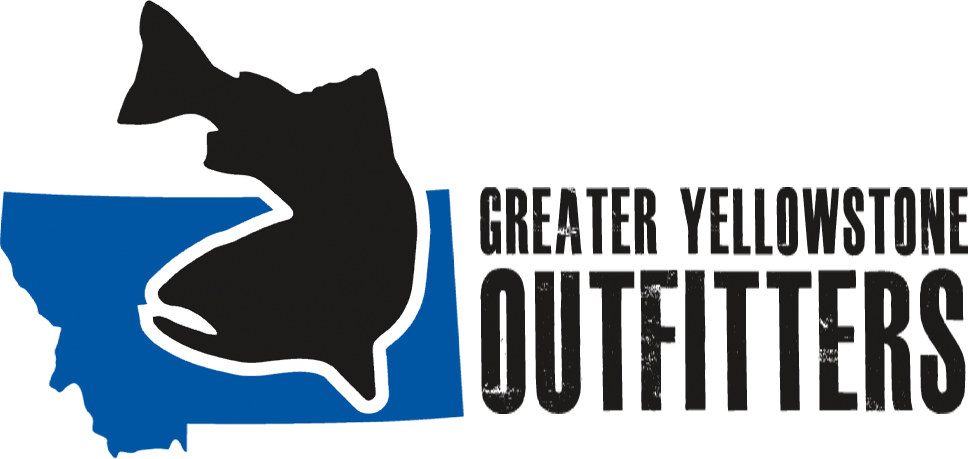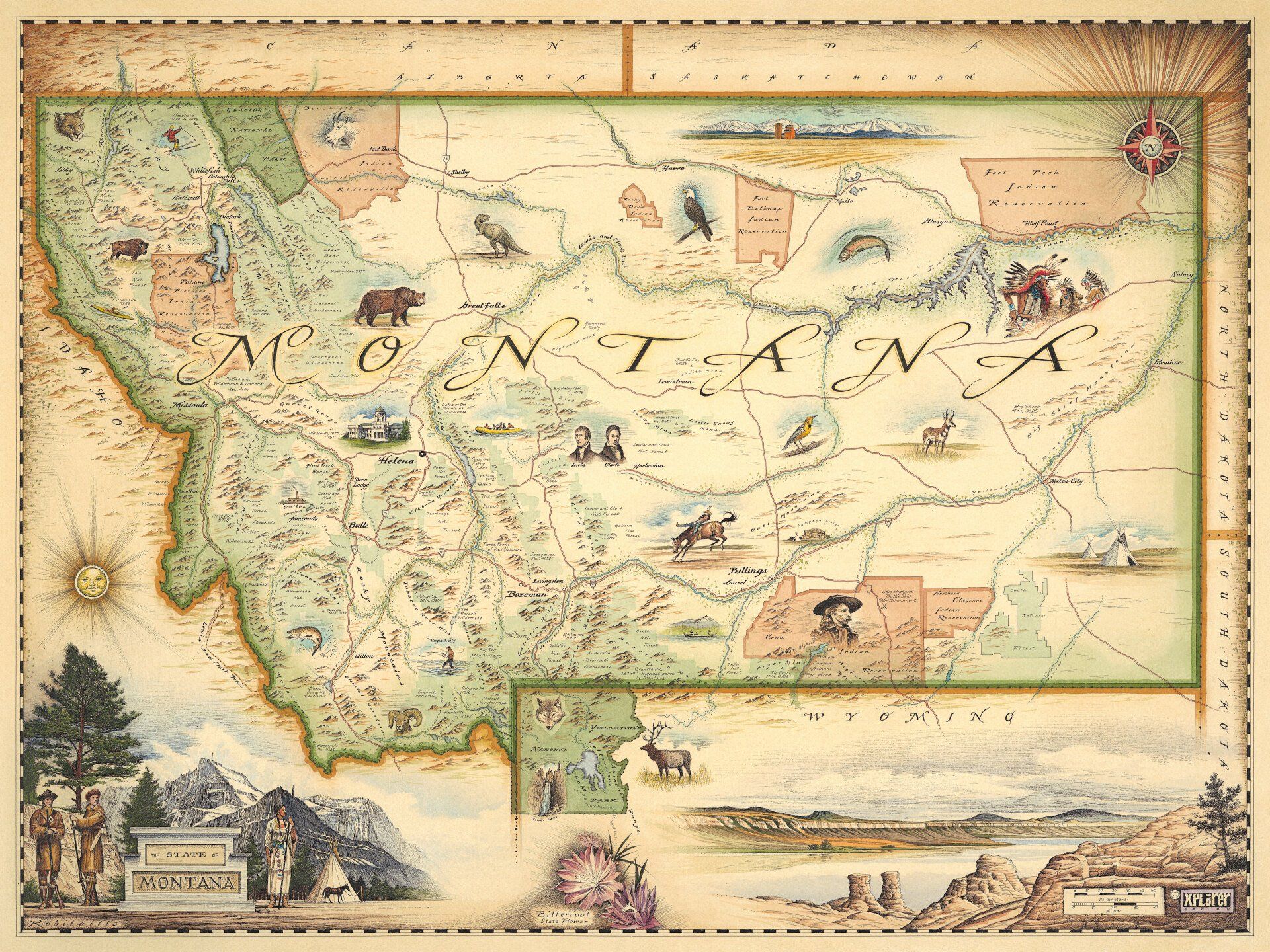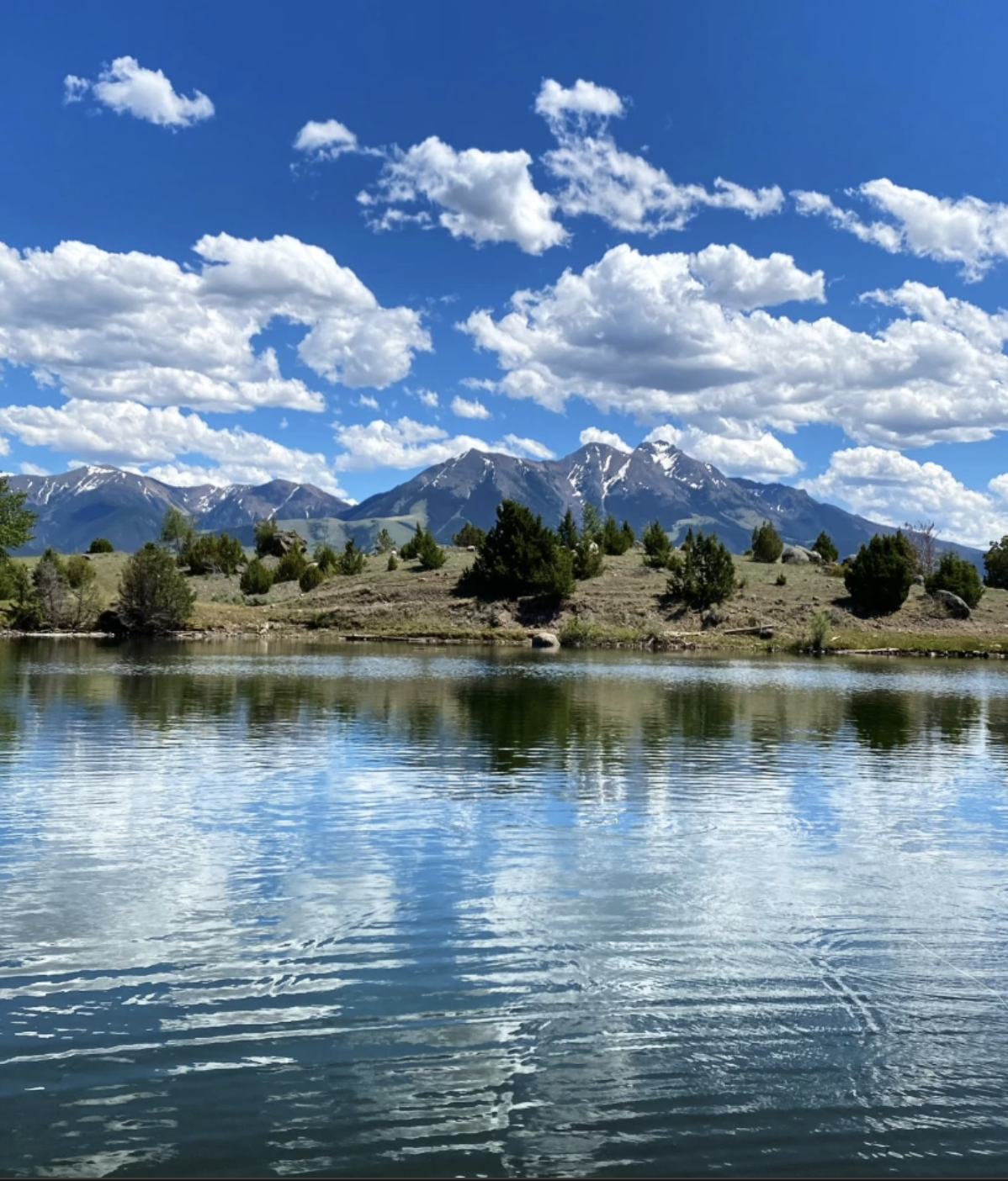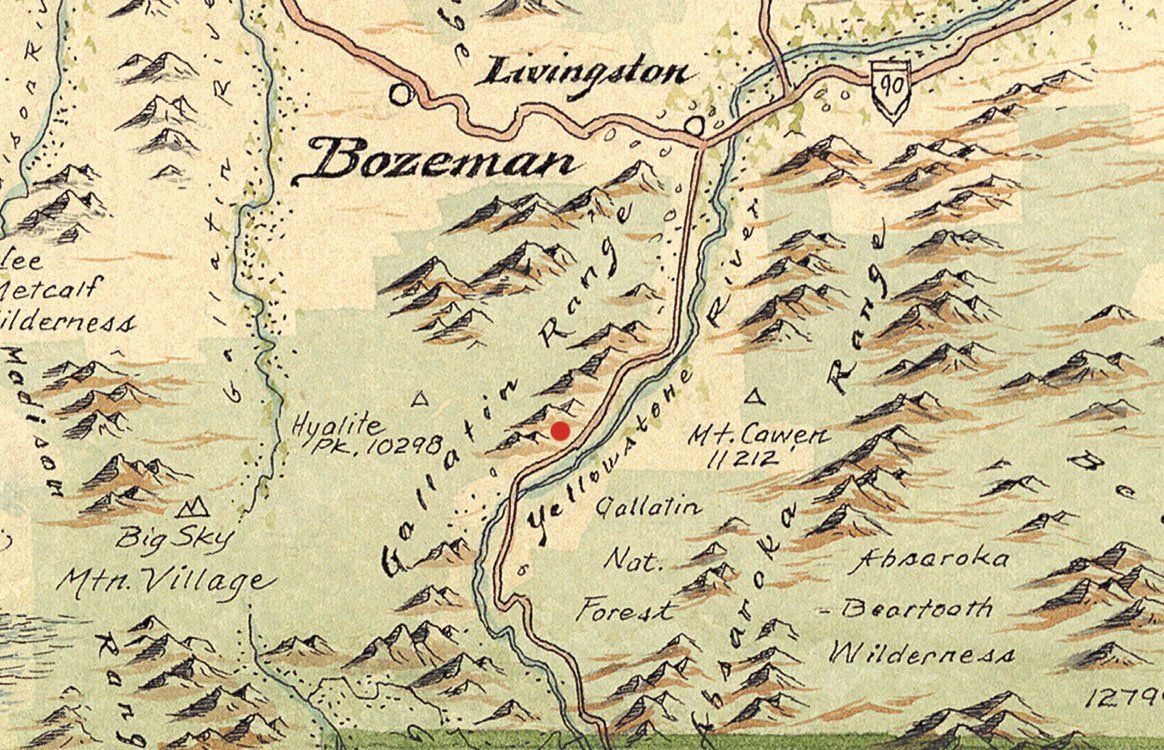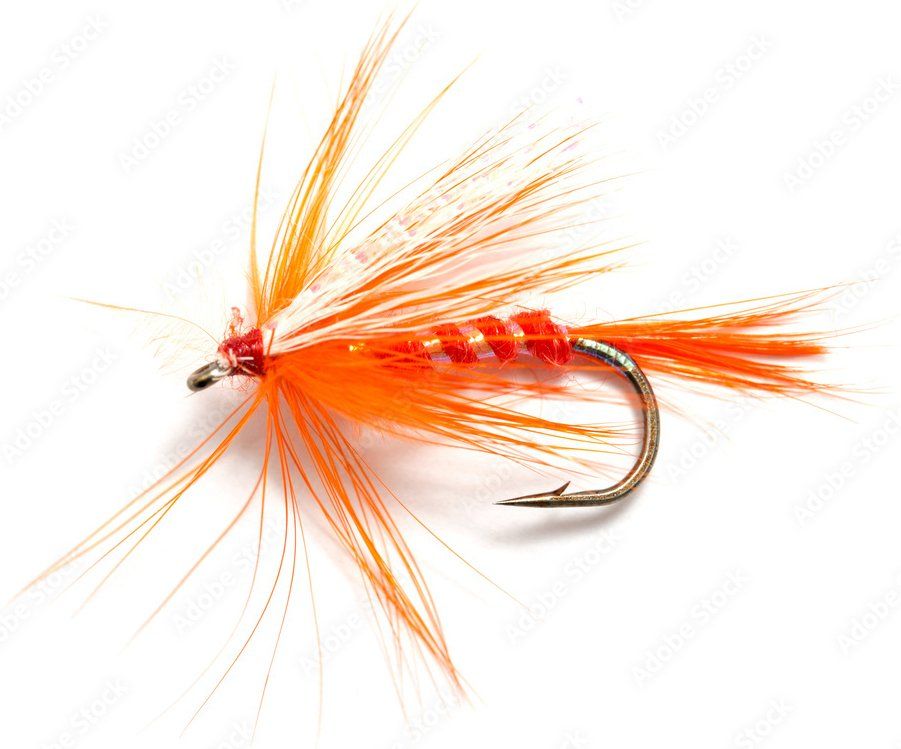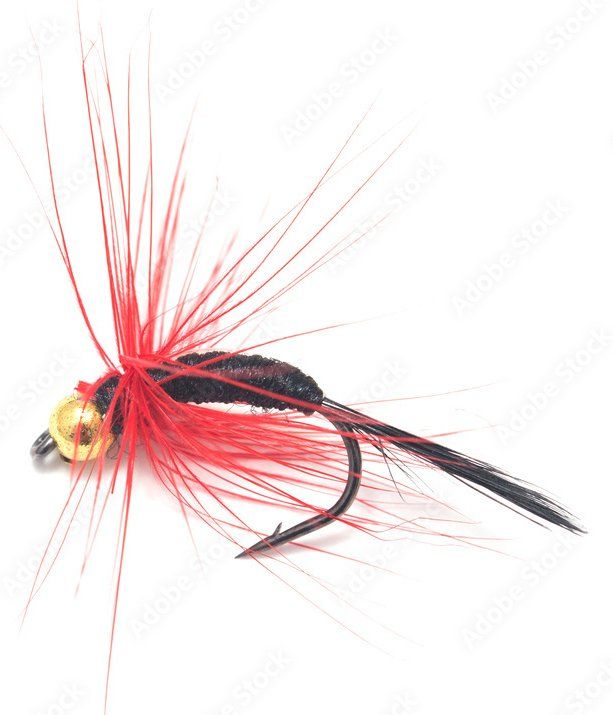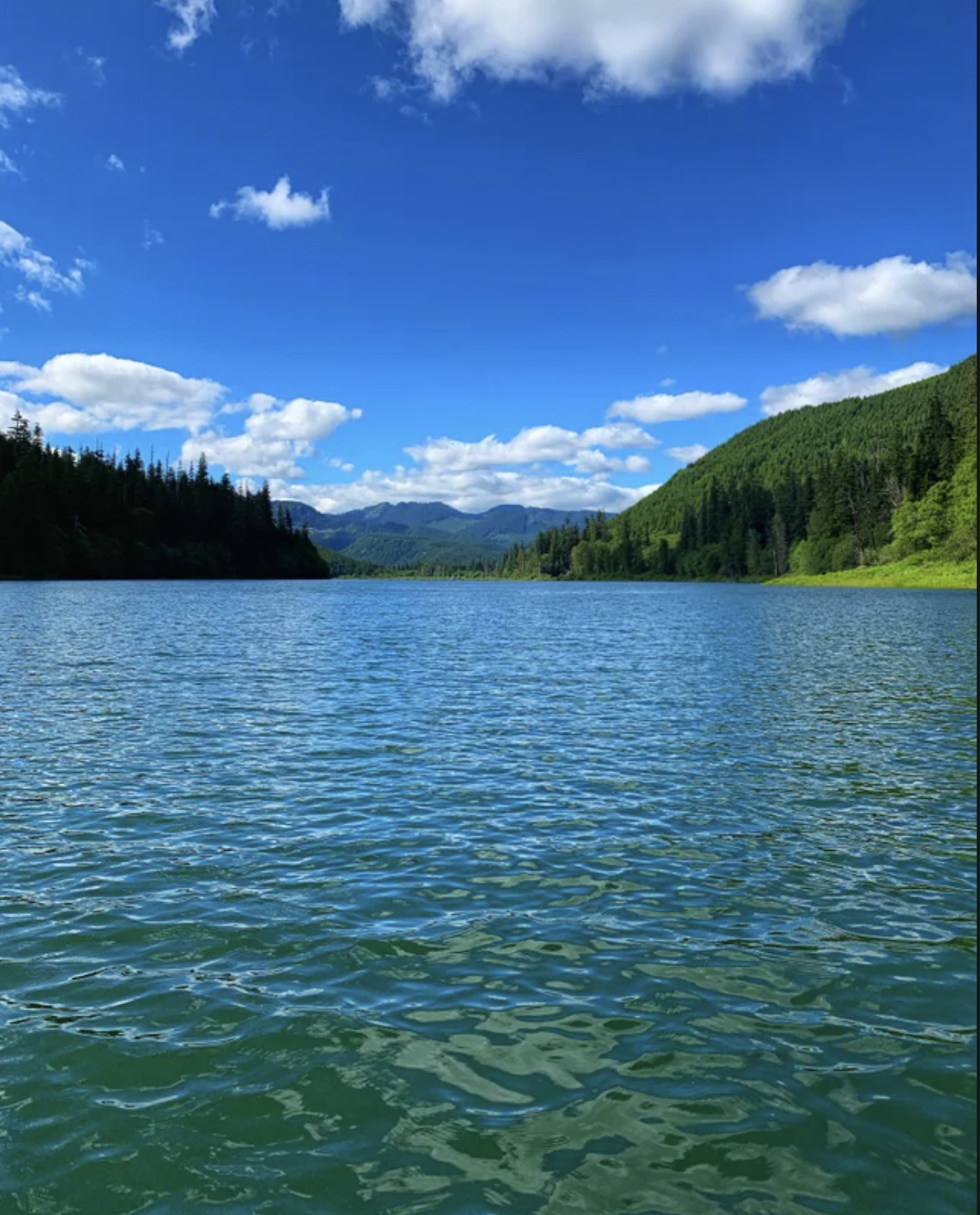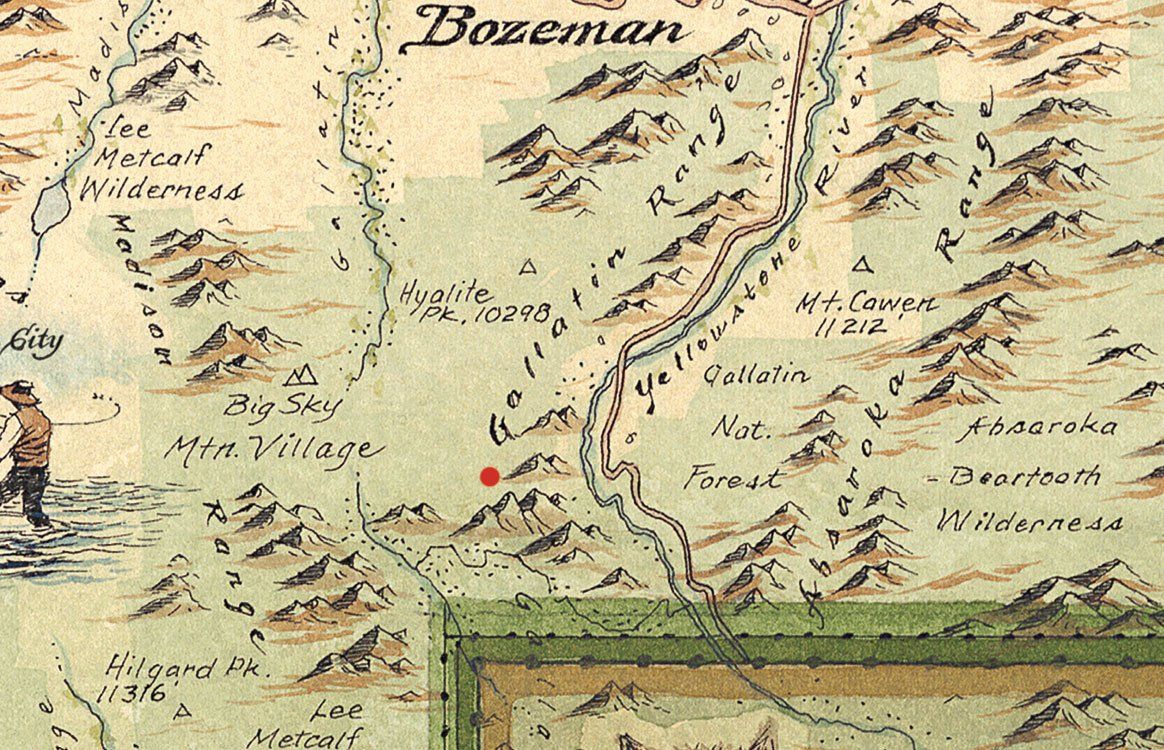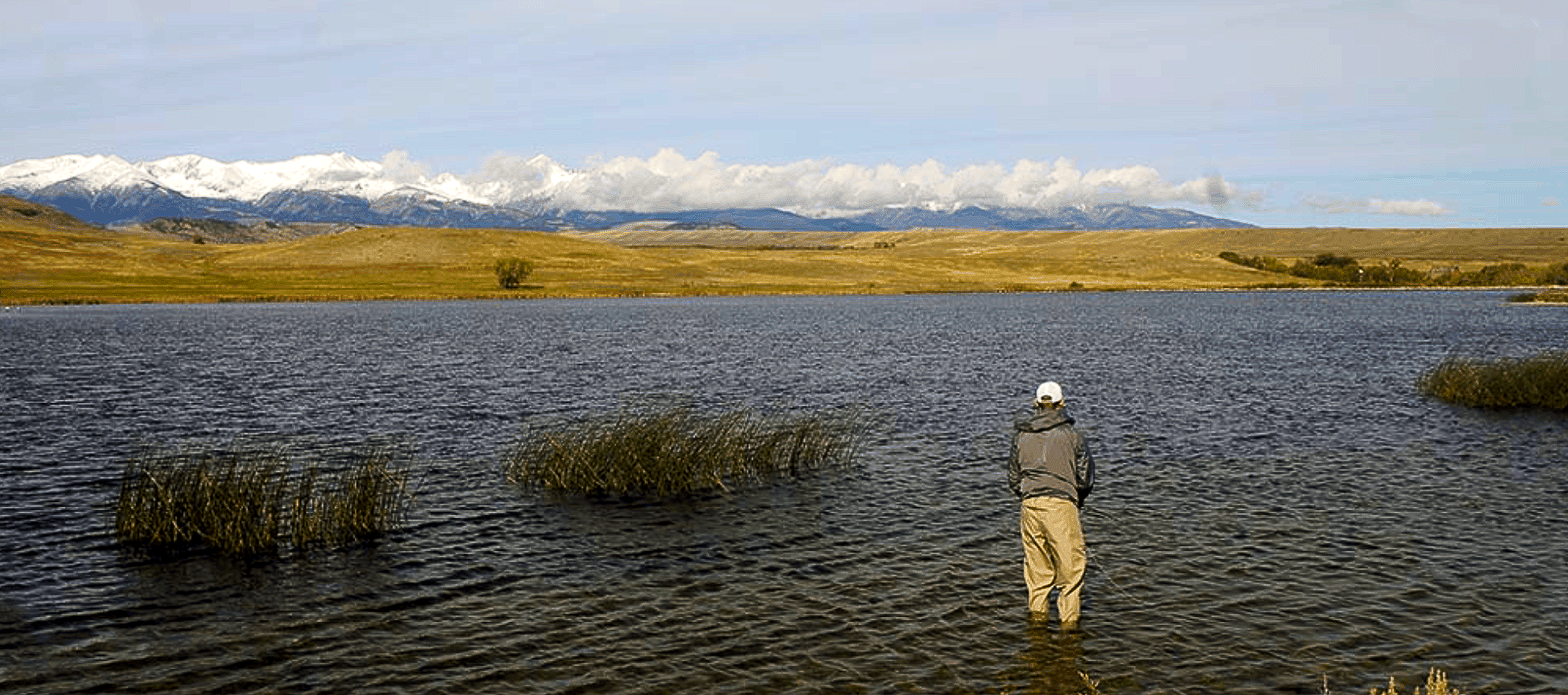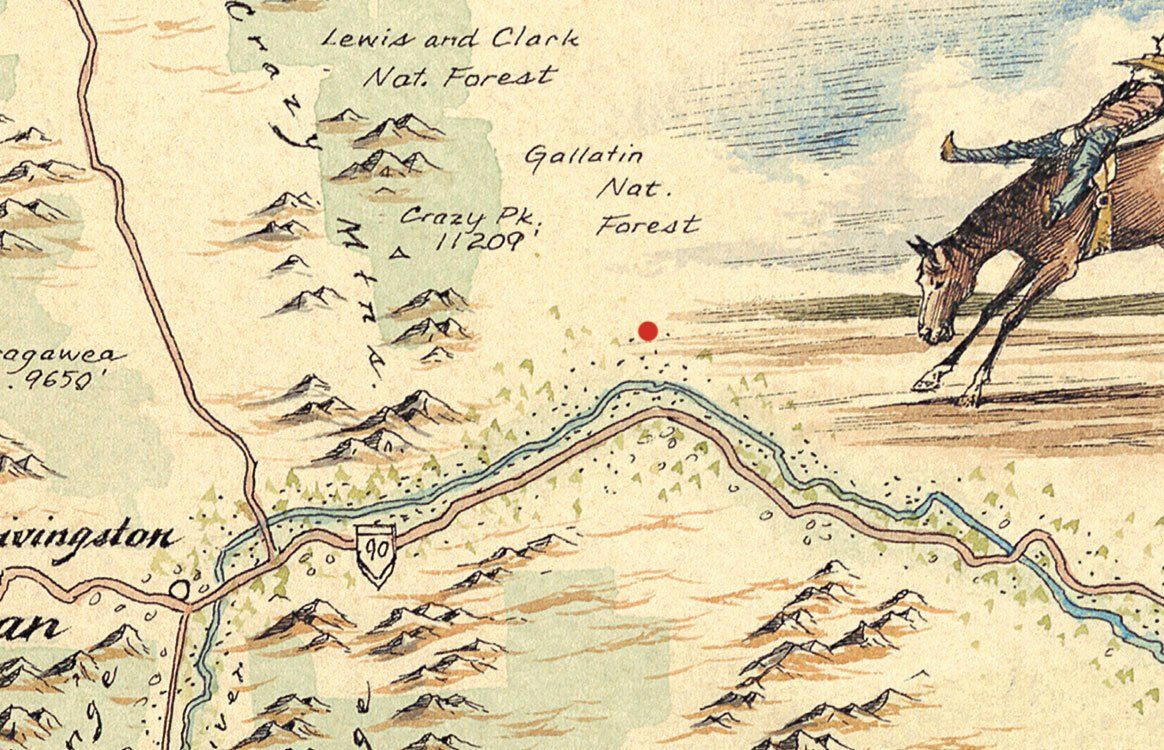About the maps used on this site.
The maps of Montana and Yellowstone National Park are hand-drawn by artist Chris Robitaille. These and many other maps can be found at Xplorer Maps which creates the world’s finest hand-drawn and hand-lettered illustrations of national parks and other significant historical sites and destinations throughout the world. Every line, letter and icon is unique, custom and original to each new map rendered. Originally designed to pay homage to the early cartographers, these high quality and exceptionally detailed custom maps are rendered by Chris Robitaille (Xplorer Maps artist and co-owner) using an antique, old-world style.
Our Half and Full Day Rates
half day includes:
Up To Two Anglers
All Necessary Fishing Gear
Professional Fly Fishing Instructor
Shuttle To and From Fishing Selection
Four Hours of Fishing
does not include:
Gourmet Streamside Lunch
Montana Fishing License
$550
additional rod fee
The Lakes charge an additional rod fee per person
April 15- June 14th $80.00 per rod
June 15-July 31 $120.00 per rod
August 1-Sept. 14 $100.00 per rod
Sept. 15- Oct.14 $80.00 per rod
Oct. 15-April 14 $40.00 per rod
full day includes:
Up To Two Anglers
All Necessary Fishing Gear
Gourmet Streamside Lunch
Professional Fly Fishing Instructor
Shuttle To and From Fishing Selection
Full Day of Fishing
does not include:
Montana Fishing License
$700
additional rod fee
The Lakes charge an additional rod fee per person
April 15- June 14th $80.00 per rod
June 15-July 31 $120.00 per rod
August 1-Sept. 14 $100.00 per rod
Sept. 15- Oct.14 $80.00 per rod
Oct. 15-April 14 $40.00 per rod
Plan your Lake trip today. Send us your Preferred Date
teach • inspire • preserve
